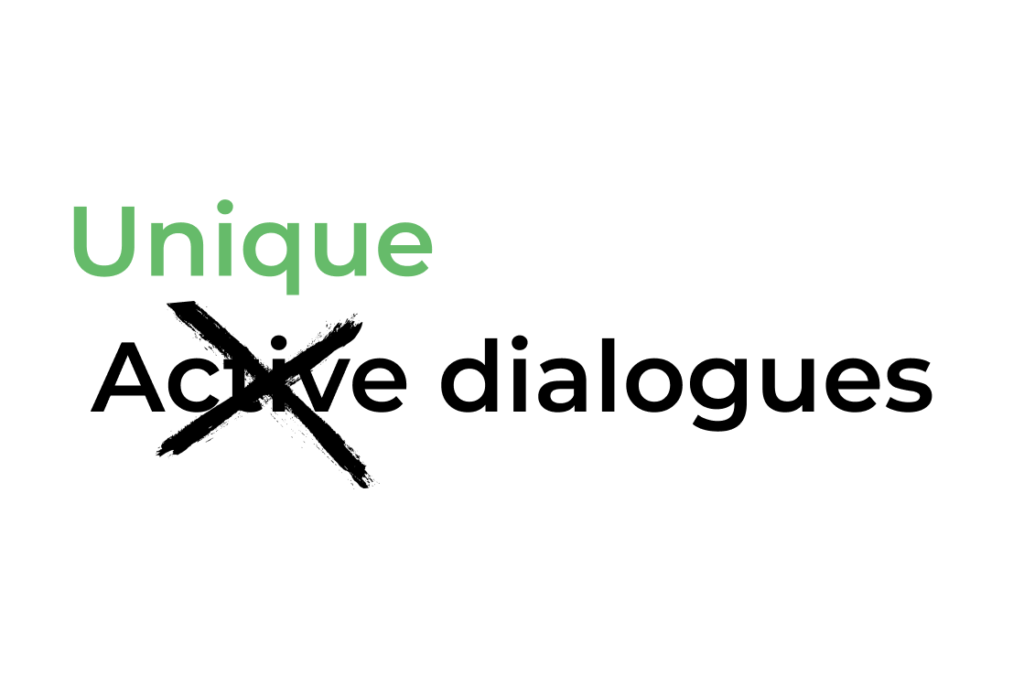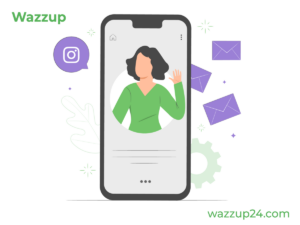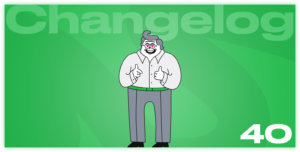Author: Alexander Fuch.
Company: Posylka.de Gmb.
Niche: Home goods through online store and paper catalogs for Russian-speaking expats in Germany.
Staff: 52 employees, including 25 in the call cente.
Sales volume: about 7000 trades per mont.
Number of calls: about 1000 conversations with clients per day.
We have been working since 2005, and initially communicated with clients only by phone. Call center calls are of three types:
- Inbox from potential customers looking to buy something.
- Inbox from current customers with questions or problems about items already purchased.
- Outgoing from the base for the purpose of upselling.
Calls of the first and third types bring money, while the second (service) calls do not. And when operators are on service calls, they do not call customers, so the speed of their processing directly affects sales.
Service calls are rarely closed with one call, because often need to share photos and documents with the buyer. For example, send him instructions on the product or, conversely, take a photo from him with the image of marriage and then make another call to agree on a solution to the problem.
We used e-mail to send documents, but sometimes people asked, “Can I send you to WhatsApp.” I decided to give it a try – I registered WhatsApp and transferred one of the operators to it. Bottom line: the operator began to process 26% more calls than his colleagues “on the phone”, despite the fact that he had to copy all the correspondence in CRM by hand.
Reason: the operator could communicate with several clients in parallel and did not waste time pauses in the conversation and waiting for the client’s response.
It became clear that it was necessary to transfer everyone to WhatsApp, but immediately ran into a problem: only one person can use the web version of WhatsApp at a time, so it just didn’t work out that way. The option with 25 WhatsApp numbers was not considered, because advertising 25 numbers is ineffective and there would be problems when transferring a client between managers.

We searched and considered several options for solutions and, as a result, settled on wazzup24.com – a service that integrates WhatsApp with CRMs, including Bitrix, which we use. (By the way, they had just launched then – it was the fall of 2018 – so we became one of the first users of it.)
With the integration, all 25 operators were able to send and receive messages simultaneously through the familiar CRM interface. At the same time, from the client’s point of view, everything looks like ordinary communication through a messenger with one interlocutor.
The integration also solved the problem of transferring WhatsApp correspondence to CRM, which took the first WhatsApp operator 30-60 minutes a day. This simplified the work with clients: you can quickly restore the entire history of communication, there is no problem of transferring clients between managers.
As soon as we solved the problem of scaling, we began to tell customers that they can write in WhatsApp. For half a year, 85% of service calls began to come to the messenger.
Why the majority of customers started to write on WhatsApp:
- In Germany, WhatsApp is the most popular messenger. 89% of the population use messengers, 81% of them use WhatsApp.
- It is easier to write a message than to make a phone call and the client does not need to listen to beeps, wait for the operator to answer.
- It is convenient for customers to take photos directly from the phone.
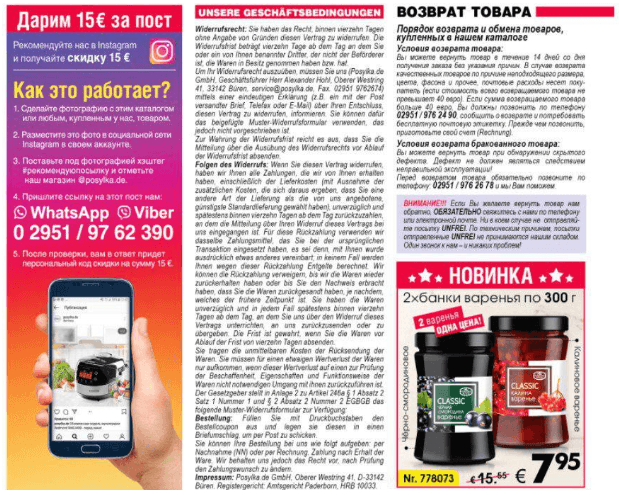
This is how we promote WhatsApp in the catalog. We tried to post QR codes when scanning which people immediately opened a WhatsApp chat, but it didn’t take off – clients did not know how to scan it. Therefore, we write the instructions as in the picture. It is worth considering that our audience is 55+ years old.
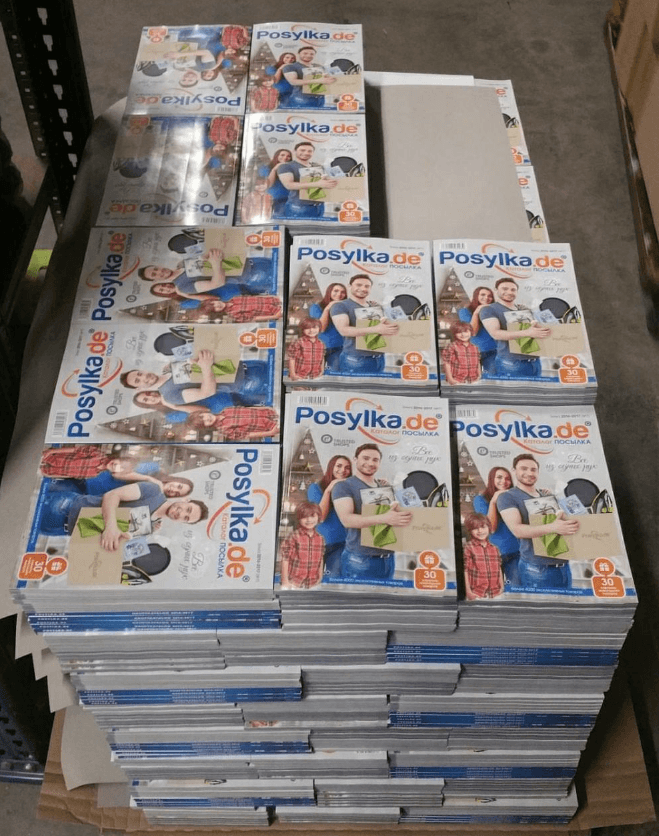
We ship 520 of these pallets per year.
In addition to the service, we began to accept orders from customers via WhatsApp. We send out 870,000 catalogs a year across our entire client base, people choose what they want to buy, cut out an order coupon, fill it out and send it to us. They used to send it by regular mail (yes, Germany is a very traditional country), now we ask them to send a photo of the coupon in WhatsApp. This saves us 2 days and simplifies the ordering process for customers.
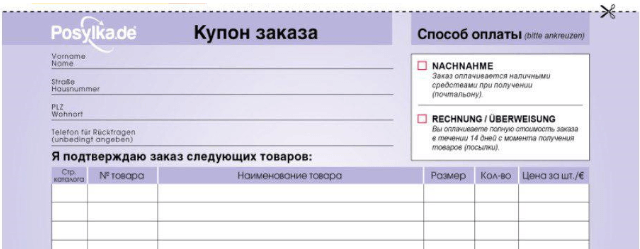
Our coupon from the catalog
As a result, we unloaded the call center by 20%. The operators spend the freed time on sales and call current customers. Sales per operator grew by 34%
Customers also like to communicate via WhatsApp: customers often thank operators directly in the chat and say that they liked the service. Previously, there were much fewer positive reviews. This is expressed in numbers: customers who have communicated with us through WhatsApp at least once are 30% more likely to refer friends through our referral program.
Now we have also connected Viber, but so far there are few calls from there, because it loses a lot in the popularity of WhatsApp.
I hope my experience will be useful to other companies that are thinking about starting to communicate with customers in messengers.
